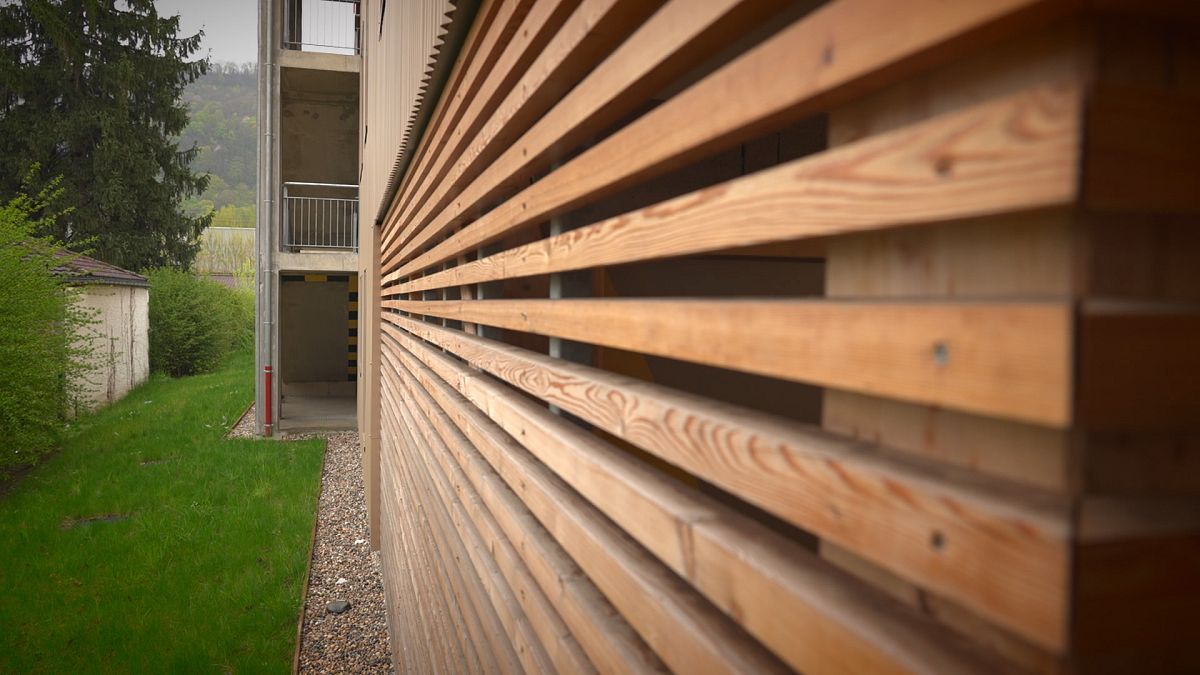Many different varieties of tree grow in the Alps and these species exist in other forests and countries of the European Union too. So what are the different species used for?
Many different varieties of tree grow in the Alps and these species exist in other forests and countries of the European Union too.
Damien Lozach, the coordinator for Bois des Alpes, is a specialist in timber from the Alps. So what are the different species used for?
Spruce and Fir
“Today, spruce is the most popular species,” he says. “But the one we have most in our forests is fir, which is a little more difficult to work with, so it is a little less popular. Fir and spruce are mainly used for structural parts, especially for interior structures or timber frame walls. Parts that are not exposed to the sun or rain, because they’re not naturally very durable.
Larch
"Larch is the alps' flagship species … it turns brown over time and has a very orange colour. This species is naturally durable and can therefore be used for cladding… exterior woodwork. It can also be used for interiors, of course, and for carpentry.
Douglass fir
"We also have some Douglass fir… less in our range than in others, but it's very much in high demand in the construction industry because it has the same durability as larch and it’s also a very high-quality material for structural use.”
